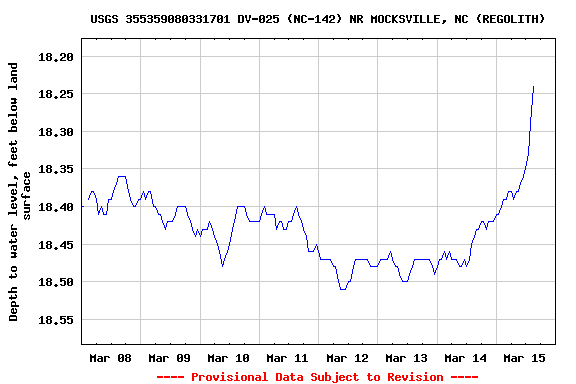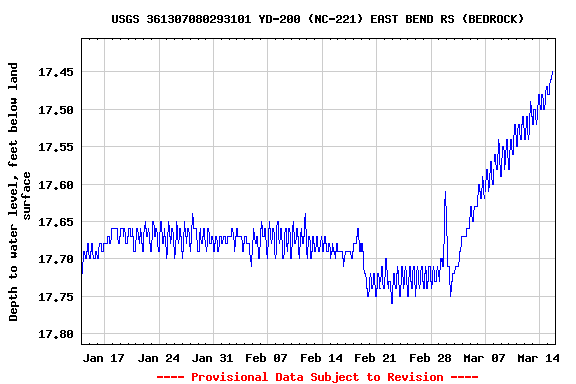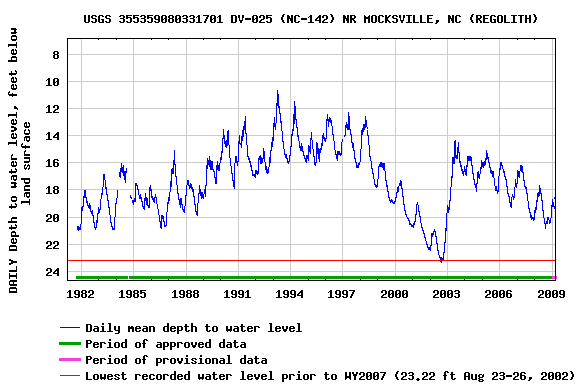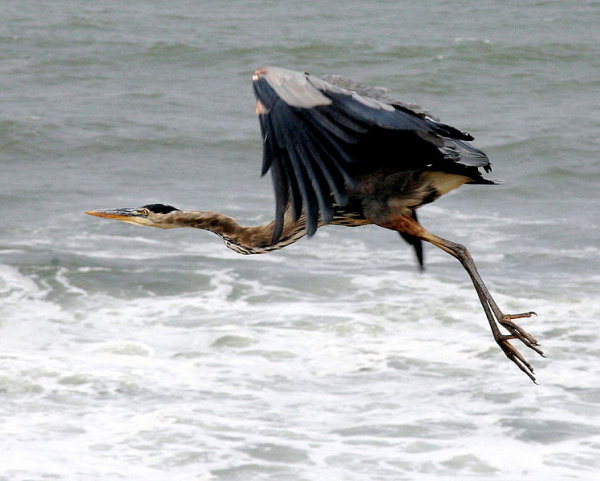
The sounds that go with this: the quiet sound of falling rain, a distant dove, a bird chirping in the woods
Right now I hear: The sound of a light rain pattering on the roof of the travel trailer, and a dove calling in the distance. That’s it.
When I first moved to San Francisco in 1991, I don’t recall being particularly offended by the noise. By the time I left in 2008, the noise was driving me crazy. I’m not sure why. It may be that the aging ear, more and more, resents noise and the work of filtering signal from noise. Or maybe it’s that I already was so stressed that the noise was a greater aggravation. If I were in San Francisco right now, I’d hear: Buses, trucks, and motorcycles roaring up the hill around Buena Vista Park, and sirens, sometimes close and sometimes distant, almost non-stop. In my last year in San Francisco I sometimes wore noise-canceling headphones to diminish the noise. Walking down Market Street is almost unbearable. The noise level is so high that it’s almost impossible to even carry on a conversation with someone walking beside you.
Silence is priceless. Sometimes I think that the money I’ve spent here is worth it only for the silence I now live in.
Living alone in a quiet place, one realizes that the sounds we hear carry far more information than we may realize at first. I’ve been reading up a bit on the science of acoustics to try to better understand the propagation of sound. Why, for example, on a quiet night in a rural area, do we hear trucks on a distant highway, but other times we don’t?
The key factors that affect the propagation of sound are the frequency of the sound, the relative humidity, and the temperature. Lower-pitched sounds travel farther and get around obstacles better than high-pitched sounds. Higher relative humidity allows sounds to travel farther. Lower temperatures allow sounds to travel farther. So, on a cool, humid night we are more likely to hear the low rumbling sound of trucks on a distant highway. The sound of a foghorn, fortunately and unsurprisingly, travels farther in the very conditions that create the fog.
A sound that comes from higher up travels farther than a sound that comes from closer to the ground. A singing bird can make itself heard twice as far by singing from a higher perch in the tree.
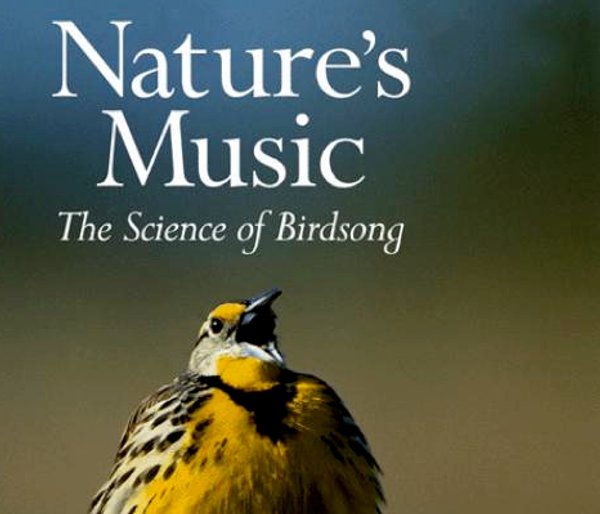
Scientists who study the communication of birds also study the acoustic properties of the soundscapes or auditoriums in which birds are heard. The book Nature’s Music: The Science of Birdsong, can be previewed at books.google.com. It contains an excellent technical discussion of how soundscapes affect the propagation of birdsong.
Few sounds travel farther than thunder. Its pitch is low, it originates high up, and it’s often accompanied by high humidity and cooler air. Last summer I often sat out on the deck as a storm approached just to enjoy the sound of distant thunder. I soon realized that I wasn’t hearing just thunder. I was hearing the local terrain. Because the sound of thunder easily travels for five miles or more, when listening to thunder one’s auditorium has a diameter of 10 miles or more, and one can hear the presence of hills and valleys within this large auditorium, just as you hear the presence of a nearby wall if your eyes are closed. If you listened carefully enough and long enough, I believe you probably would be able to say, “I hear a high hill about four miles to the north, and there is what sounds like a river valley to the south.” I have little doubt that our ancestors understood intuitively how to do this.
It’s not a random thing that I’m writing about this subject now. It’s because my ears, now attuned to silence and the sound of nature, have clearly detected a change of season. Even if I had not seen a robin, I’d know the birds are back. I’m hearing familiar voices in the woods that I have not heard in months. Also, the woods are a very acoustically live auditorium at present. There are no leaves on the trees, so the woods reverberate like a very large room. When the trees have leaves, the level of sound from the woods, and the reverberation, will be greatly attenuated.
But even as the woods become muffled by leaves, my auditorium will extend across the hollow, where there are few trees, to the next ridge. When the wild geese fly over, I hear them honking as soon as they cross the ridge into the hollow, my auditorium. And though I heard a pack of coyotes in the woods during the winter, I probably would not hear them when the trees have leaves, because the leaves attenuate the sound so quickly, and the shrill voices of the coyotes are high pitched.
All of the factors that separate us from these nature sounds are forms of pollution. It is as though we live at the bottom of a filthy lake of sound pollution and light pollution. I never realized until I was reading up on natural acoustics that noise pollution reduces bird populations. That makes perfectly good sense, because birdsong is a form of communication, and birds don’t want to live in places where noise prevents them from getting (and sending) information about their environment. Even here in the foothills, trucks, and to a much greater degree, airplanes, pour a huge amount of filth into the natural soundscape.
It is clear to me that I could never tolerate living in a noisy place again.

